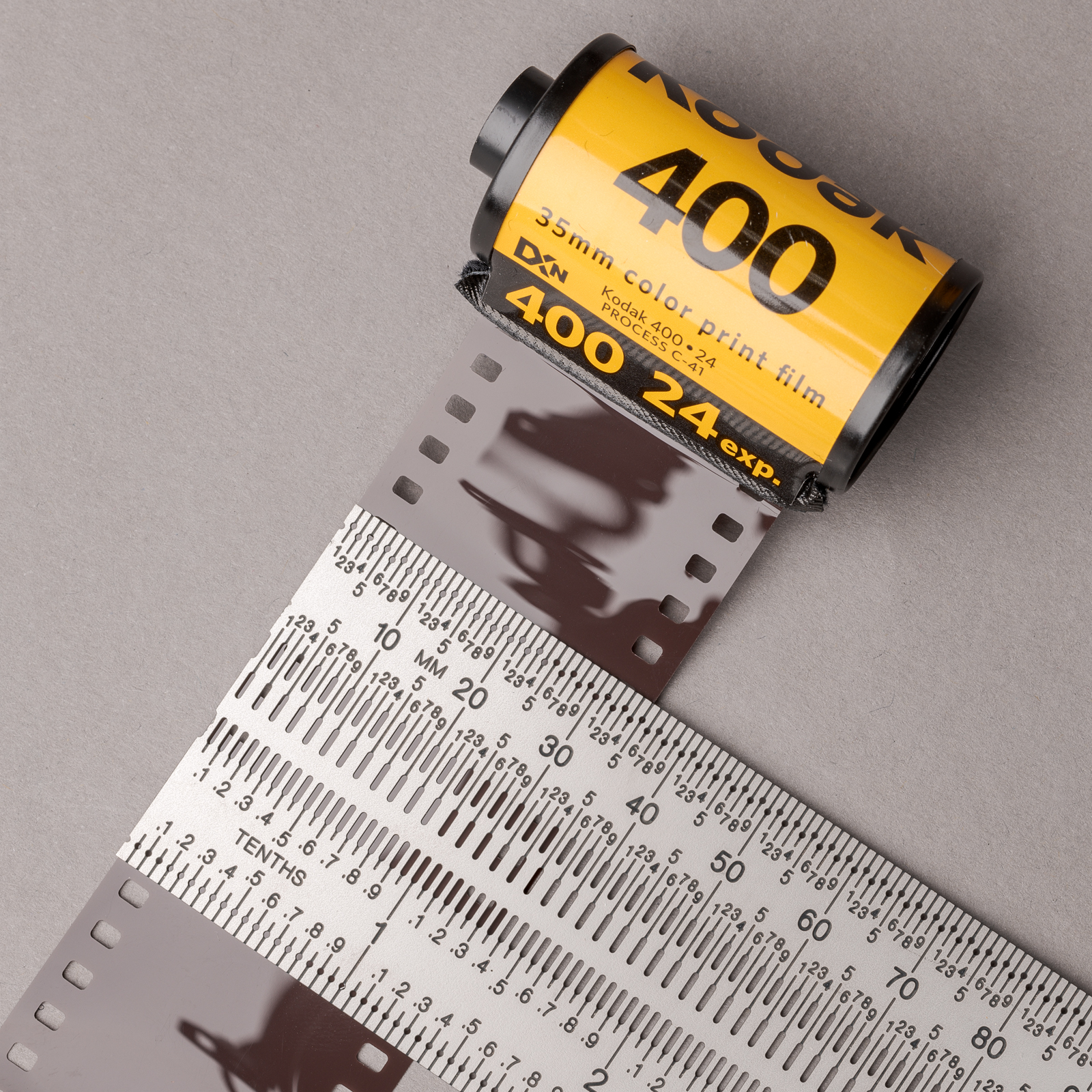“Full frame” DSLRs have the same image size as the most popular film size, which was called 35 mm. Where does “35 mm” come from? The image frame size is 24 mm x 36 mm, so it’s not that. Its diagonal is 43.3 mm, so it’s not that, either. Come to find out, 35 mm is the width of the film strip to the outside of the sprocket holes, as shown in this photograph. Since all lenses and image sizes are the same between 35 mm film and full frame DSLR cameras, the 35 mm equivalent name is used for full frame DSLRs, even though nothing measures 35 mm in their image frames.
Since all lenses and image sizes are the same between 35 mm film and full frame DSLR cameras, the 35 mm equivalent name is used for full frame DSLRs, even though nothing measures 35 mm in their image frames.
While the “35 mm” designation has no direct relevance to the digital sensor size, it is still useful when referring to the focal length of lens. The diagonal, horizontal, and vertical angles of view of a given lens are the same with a full-frame digital sensor as they are on a 35 mm film camera. For example, the ZEISS Milvus 50 mm f/2 macro lens has a horizontal angle of view of 38 degrees on a full-frame digital sensor just as it does on a 35 mm film camera. The cropped sensor equivalent values will be the subject of another post.
©2018 Tom Vadnais Photography. All Rights Reserved.
